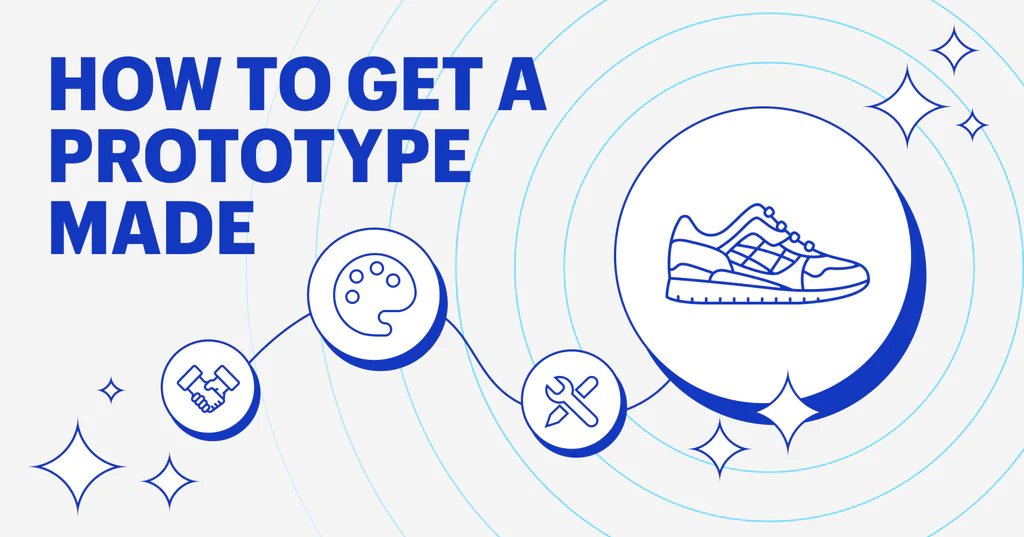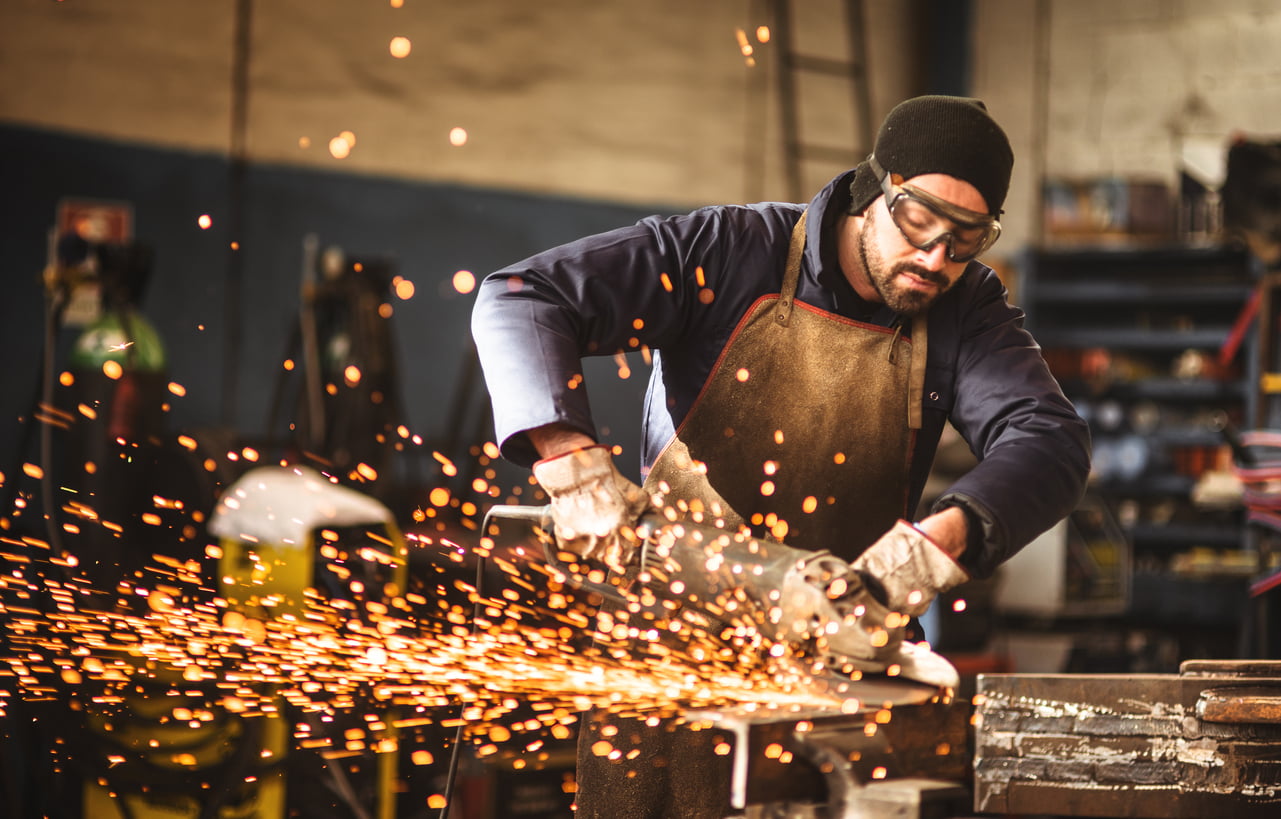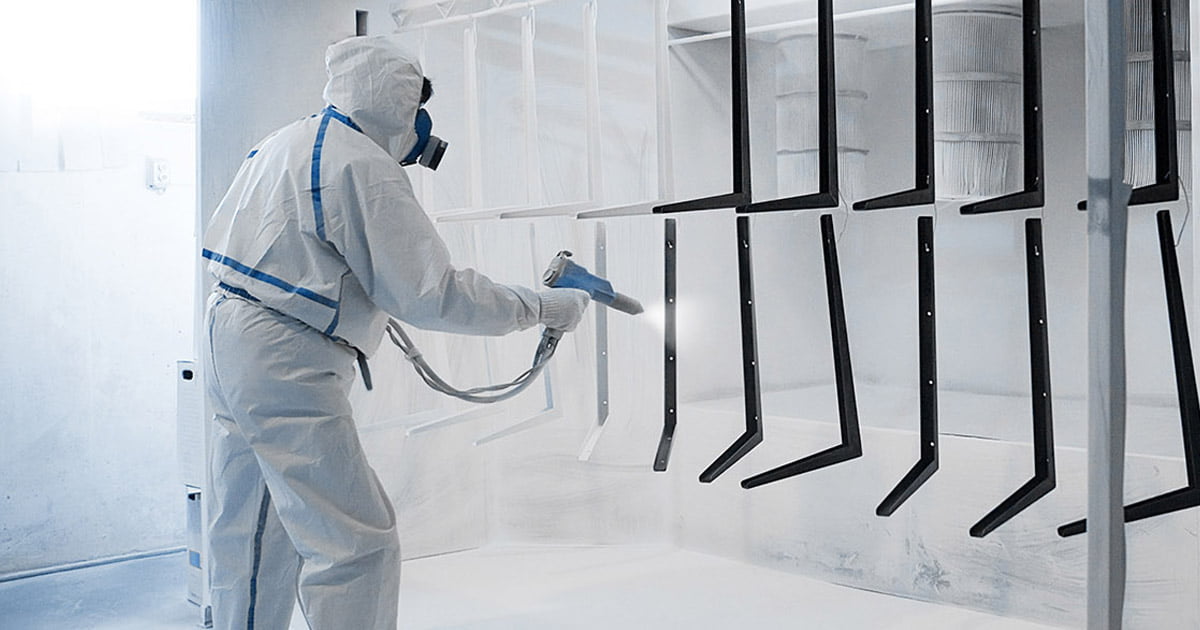You’ve got a great idea for a new product that’s not already made. Before asking a manufacturer to make it, you need a prototype—the first, unreleased version of your product.
Many entrepreneurs bypass the prototyping stage because they’re eager to sell and start making money from their invention. However, creating a prototype saves time and money in the long term. You’ll iron out any production issues, understand accurate costings, and rectify problems before your customers see your product first hand.
Unsure on how to create the first physical version of your product? This guide shares the prototype development process so you can start mass production confidently.
What is a prototype?
A prototype is an early, unreleased version of your product. Entrepreneurs make prototypes to see what the finished product would look like, resolve any incorrect or faulty functions, and gather feedback from their target market before investing in mass production.
There are two types of prototypes you can build:
- Visual prototypes, also known as virtual prototypes, which show how your product will look
- Functional prototypes, also known as working models, which show how your product will work
According to Tim Ferriss, author of The 4-Hour Work Week, “You don’t always need both. You need to understand the purpose of your prototype. Is it for you to assess manufacturing? Is it to sell it back to clients? Is it to test it or sell it on Kickstarter? You need to know your objective and have that in mind first.”




